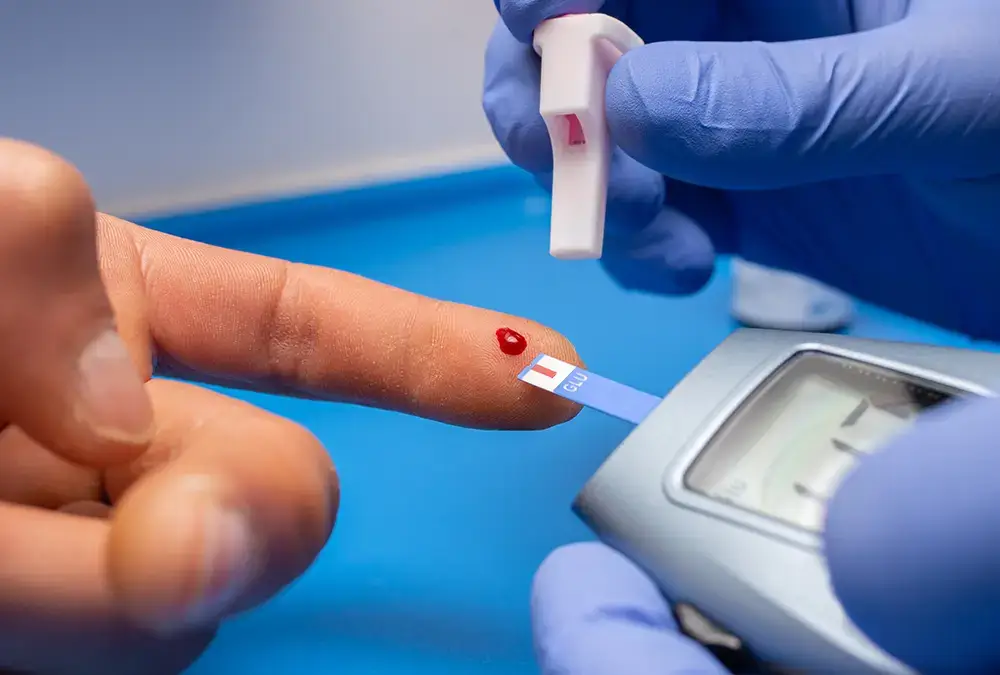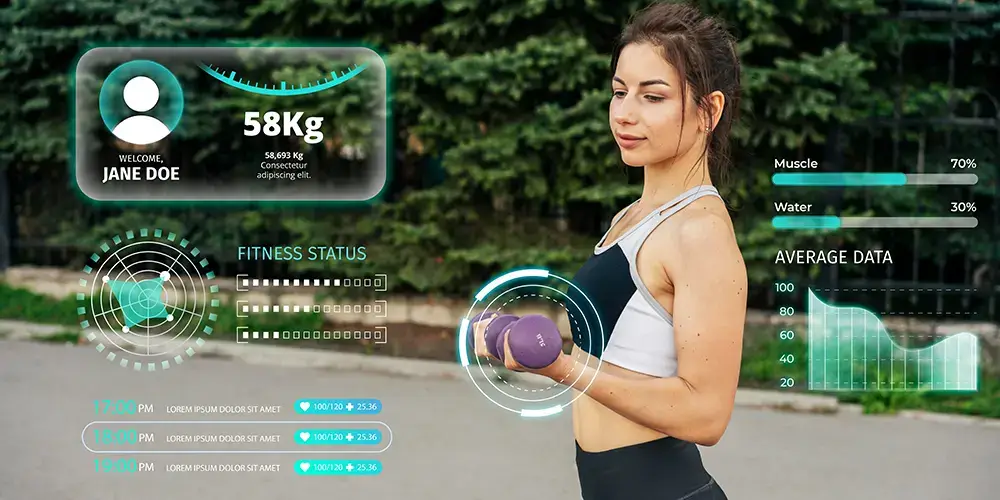
In an era defined by technological advancements and changing paradigms, the rise of telemedicine has emerged as a game-changer in the healthcare industry. Virtual healthcare, also known as telehealth or telemedicine, involves the use of digital communication tools to provide medical services remotely. This transformative approach to healthcare delivery is reshaping the medical landscape, offering unparalleled convenience, accessibility, and efficiency for both patients and healthcare providers.
The Evolution of Telemedicine
The concept of telemedicine dates back several decades, but it’s in recent years that it has gained significant traction. The convergence of high-speed internet, mobile devices, and advanced medical technologies has paved the way for telemedicine to flourish. What began as simple phone consultations has now evolved into sophisticated video conferencing, remote monitoring, and even AI-powered diagnostic tools.
Key Components of Telemedicine
Synchronous Telemedicine: This involves real-time communication between patients and healthcare providers through video calls or audio calls. It’s akin to a traditional doctor’s visit, but it takes place virtually.
Asynchronous Telemedicine: This involves exchanging medical information, such as images, test results, and patient history, through secure online platforms. Healthcare providers review the information and respond at their convenience, making it particularly useful for non-urgent cases.
Remote Monitoring: Wearable devices and sensors allow patients to monitor their vital signs and health metrics, transmitting data to healthcare providers for analysis. This is especially beneficial for chronic disease management.
Mobile Health (mHealth): Mobile apps and platforms provide users with access to medical information, appointment scheduling, prescription refills, and even virtual consultations.
Transforming the Healthcare Landscape
1. Improved Accessibility
Telemedicine has shattered geographical barriers, ensuring that patients can access medical expertise regardless of their location. This is especially crucial for individuals in rural or underserved areas with limited access to healthcare facilities. Patients no longer need to travel long distances or wait for appointments to receive medical advice.
2. Convenience and Time Savings
The traditional healthcare model often involves scheduling appointments well in advance and spending time in waiting rooms. Telemedicine eliminates these inconveniences. Patients can consult healthcare providers from the comfort of their homes, saving valuable time and reducing the need to take time off work.
3. Enhanced Follow-up Care
Telemedicine enables healthcare providers to maintain closer contact with patients, particularly after surgical procedures or hospital discharges. Remote monitoring allows for ongoing assessment and timely intervention if any issues arise, reducing the likelihood of complications.
4. Cost Savings
Both patients and healthcare systems can benefit financially from telemedicine. Patients save on transportation costs, parking fees, and potential overnight stays for consultations. Healthcare systems can optimize resource allocation, reduce overhead expenses, and alleviate the burden on emergency departments.
5. Support for Mental Health Services
Telemedicine has played a pivotal role in expanding access to mental health services. Many individuals hesitate to seek help due to stigma or accessibility issues. Virtual mental health consultations provide a discreet and convenient way for individuals to receive support.
6. Continuity of Care
During emergencies, natural disasters, or pandemics, telemedicine ensures that healthcare services remain available. It’s a valuable tool for maintaining continuity of care even in challenging circumstances.
Challenges and Future Outlook
While telemedicine offers numerous benefits, it’s not without challenges. Privacy and security concerns, state-specific regulations, and disparities in access to technology remain significant hurdles. Additionally, certain medical examinations and procedures require physical presence and cannot be fully replaced by virtual consultations.
However, the future of telemedicine looks promising. As technology continues to advance, the integration of artificial intelligence, machine learning, and remote diagnostic tools will likely enhance the accuracy and effectiveness of virtual healthcare services. Regulatory frameworks are also evolving to accommodate the growing role of telemedicine in healthcare.
Embracing the Telemedicine Revolution
Telemedicine’s ascent has showcased its potential to revolutionize healthcare delivery. Patients and healthcare providers alike are recognizing the value of virtual consultations, remote monitoring, and digital health platforms. As we navigate an ever-changing world, the incorporation of telemedicine into traditional healthcare models offers a glimpse into a more accessible, efficient, and patient-centric future.
The rise of telemedicine is not just a trend; it’s a transformative force that’s shaping the way we approach healthcare. As technology continues to evolve and healthcare systems adapt, the fusion of human expertise and digital innovation is paving the way for a healthier and more connected world.















